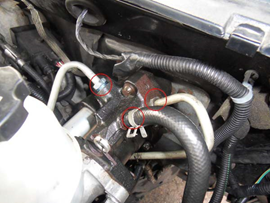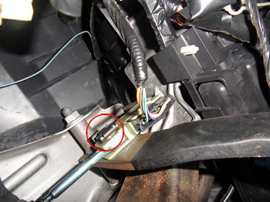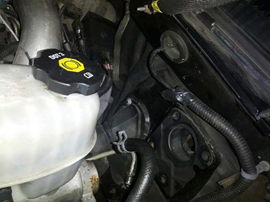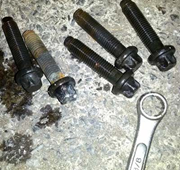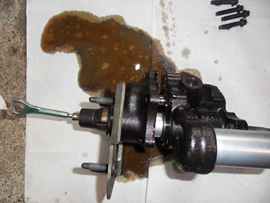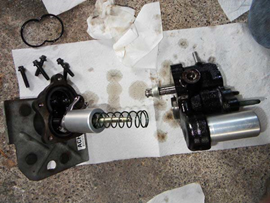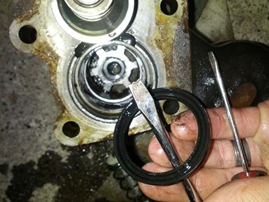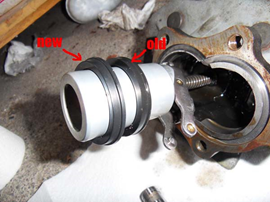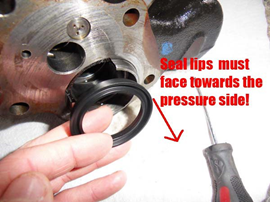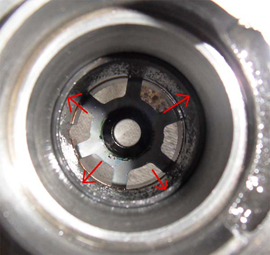- Category Name: 1967-1969 CAMARO
- Category Name: 1975-1981 Camaro
- Category Name: 4x4, Category Path: 4x4
- Category Name: ACC, Category Path: ACC
- Category Name: Chrome Units, Category Path: MOPAR
- Category Name: Disc
- Category Name: Disc Brake Kits, Category Path: 4x4
- Category Name: Disc | Drum, Category Path: Ford
- Category Name: Dodge D100, Category Path: 4x4
- Category Name: Drum
- Category Name: Front Kits, Category Path: MOPAR
- Category Name: Front, Category Path: MOPAR
- Category Name: OTHER, Category Path: OTHER
- Category Name: PROPORTIONING
- Category Name: Rear, Category Path: MOPAR
- Category Name: Spindles, Category Path: Spindles
- Category Name: STEERING , Category Path: STEERING
- Transmission & Fly Wheels
- Currie Rear End Packages
- Black Out Series
- Hydro-Boost Rebuild Kits
- Wilwood Brakes
- General Motors (GM)
- 1955-1958 GM Full Size (Impala, Biscayne, Bel-Air)
- 1959-1964 GM Full Size (Impala, Biscayne, Bel-Air)
- 1965-1968 GM Full Size (Impala,Biscayne, Bel Air)
- 1964-1972 GM A Body (Chevelle, El Camino, GTO)
- 1962-1967 Chevy II (NOVA)
- 1968-1974 Chevy Nova
- 1967-1969 Camaro/ Firebird F-Body
- 1975-1981 Camaro/ Firebird
- GMC Truck C-10 (C-20, Cheyenne, Sierra)
- 1968-1982 Corvette
- 1978-1988 Camaro (G Body)
- MOPAR
- Ford
- 4x4
- Master Cylinders
- Master Cylinder Kits
- Proportioning Valves
- Booster Brackets
- Pedal Rods | Clevis
- Disc Brake Kits
- Pro Line Series
- Power Brake Boosters
- Booster Conversion Kits
- Spindles
- Power Brake Units
- Calipers & Hoses
- Complete Line Kits
- Pedals & Pedal Brackets
- Steering & Suspension
Popular:
 Loading... Please wait...
Loading... Please wait...







